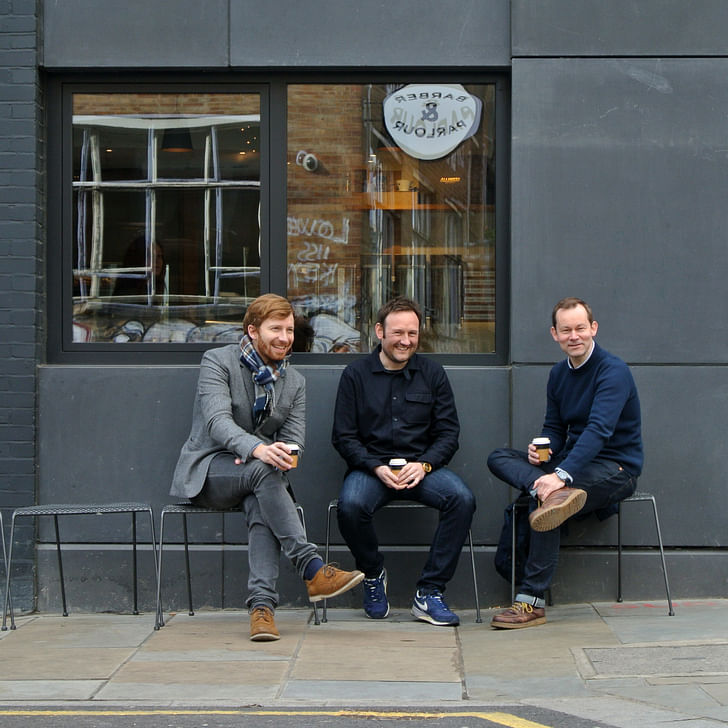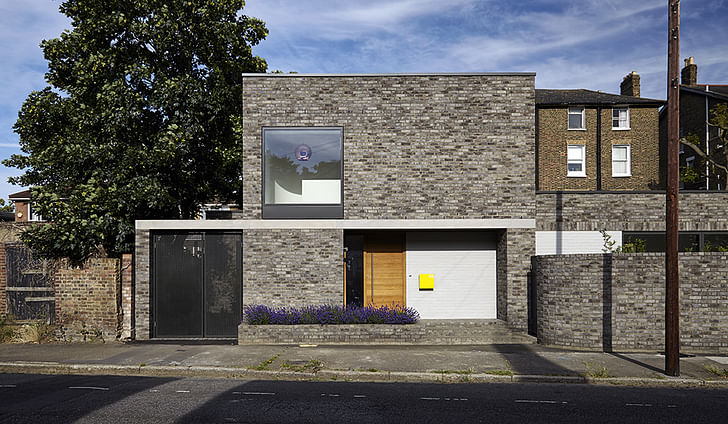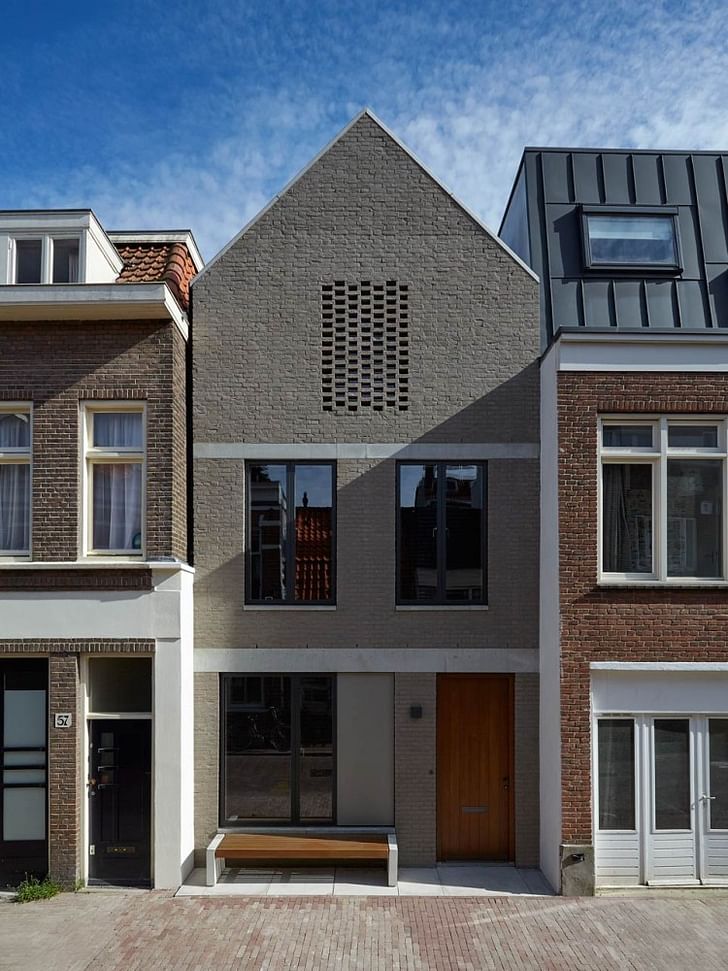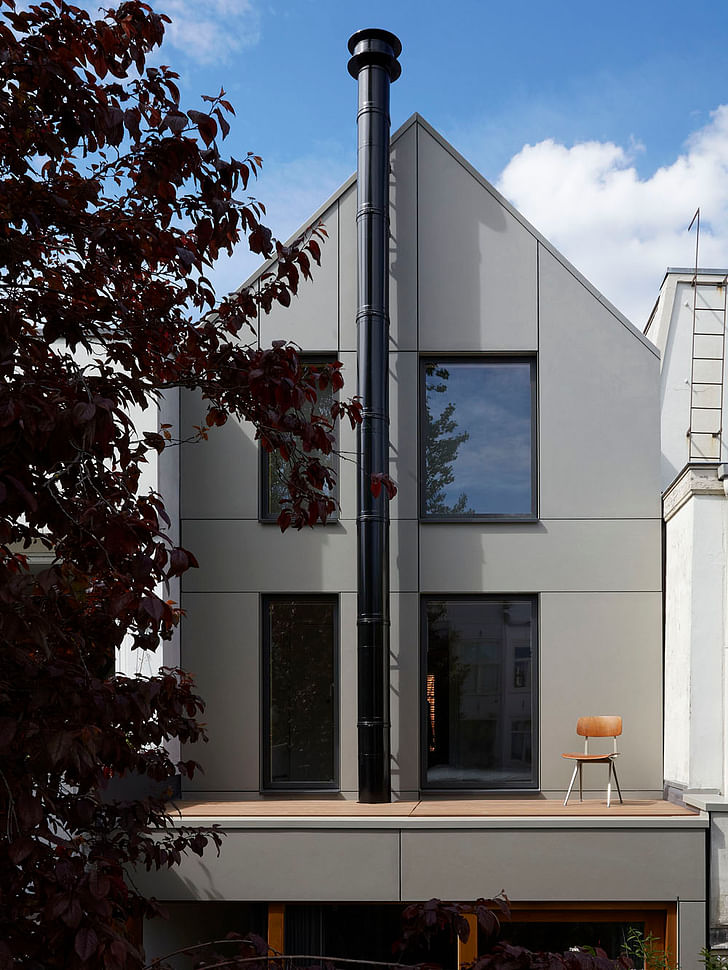

Small Studio Snapshots is a new, weekly series in which we investigate the ins and outs of running a small architecture practice.
This week, we're talking with 31/44 Architects, a practice with studios in both Amsterdam and London established in 2010.
How many people are in your practice?
There are currently eight of us, six in London and two in Amsterdam.
Why were you originally motivated to start your own practice?
Will was approached by friends with a couple of interesting projects, then a year or so later James was persuaded to join, then a little after that Steve was cajoled into it too! The practice evolved, there was no grand plan where we all left our previous employers in a blaze of glory marching towards the future. We feel that this is reflected in our choice of name—which describes our two locations: Amsterdam and London (31/44 are the dialing codes for the Netherlands and the UK). We didn’t like the idea that it was named after founding partners, like a law firm. As we grow we find nice people and they very quickly feel a valued part of the team. Every stage of a project is discussed and shared around the table at centre of our studio. Will teaches, and the culture of a teaching studio has definitely informed our studio processes.

What hurdles have you come across?
We have been lucky to make some quite random connections with clients—they never come from where you think they will. That said, we are a healthy small business with a talented team that has been running since 2010. We have managed to build-out a few interesting projects in the last couple of years but despite this we still don’t meet the criteria of so many PQQs and tender processes. We looked at a small specialist museum recently—the submission practically required us to have completed four new-build museums within the last six months! There is very little trust that as a competent professional you will approach every task intelligently and with focus.
As soon as we started to grow beyond a couple of us we also learnt the value of planning our resources and projecting fee income. It’s a tough but essential lesson. The spreadsheet seemed so alien to us at first but then it grew into something very reassuring. It also takes some of the tension out of the office if everyone can see what is happening over the next few weeks and months. It drives us to secure a pipeline of commissions too.

Is scaling up a goal or would you like to maintain the size of your practice?
We would like to gradually scale up—but not too much. In our wildest dreams we hope one day there may be 20-30 of us. We have such a good team at the moment we are working hard not to disrupt that—so much of our waking hours are spent in the work place so it’s essential that we enjoy the company of the people we are working with.
In a few years time we would like to be well established in both London and Amsterdam with team members able to move between those studios.


What are the benefits of having your own practice? And staying small?
There is so much more enjoyment in the delivery of projects when you feel that you all have ownership of them. That is difficult to achieve in a larger partner-led team.
As a small practice we have the advantage of being nimble, which means we can be both responsive to new opportunities and accommodating to each of our clients. Client like the focus and dedication we bring to projects. One of our principal clients actively seeks out small practices to work with to guarantee that attention to detail. If we do grow, we will need to structure our practice to ensure we maintain that quality of service.


Ellen Hancock studied Fine Art and History of Art at The University of Leeds and Sculpture at Mimar Sinan Fine Arts University in Istanbul.Now based in London she has a keen interest in travel, literature, interactive art and social architecture.
No Comments
Block this user
Are you sure you want to block this user and hide all related comments throughout the site?
Archinect
This is your first comment on Archinect. Your comment will be visible once approved.